This article was co-authored by Masha Kouzmenko. Masha Kouzmenko is a Meditation Coach and the Co-Founder of Silicon Valley Wellness, a company based in the San Francisco Bay Area that provides holistic health education services such as mindfulness meditation and yoga instruction to businesses. She has over five years of meditation and yoga instruction experience and specializes in guided meditation. She has a BA in Economics from the University of California, Berkeley.
There are 10 references cited in this article, which can be found at the bottom of the page.
This article has been viewed 27,620 times.
Taoism, which is sometimes spelled Daoism, is an Eastern religion. It has many different beliefs and practices that have the goal of harmonizing the self to the Tao, which is a force that flows through all of life.[1] One of the ways Taoists do this by chanting mantras while meditating. According to Burke Lennihan, a meditation teacher at the Harvard University Center for Wellness, chanting is a productive way to drown out interfering thoughts as you meditate.[2] This is key if you’re trying to find your inner peace. By using a Taoist mantra and setting your intention and regularly practicing them, you can easily do Taoist chanting.
Steps
Choosing a Mantra
-
1Recognize the different purposes of mantras. Mantras or invocations are lines of text that you continually repeat as a part of your chant. Each invocation has different vibrations that can correspond to an intention you set. Feeling the subtle vibrations of your chosen Taoist mantras can help you more effectively embody your intention, effect positive changes, meet any goals you have, as well as get to a deeper state of consciousness.
-
2Enjoy the powerful benefits of a simple “om.” Om, or aum, is one of the most basic and powerful mantras. Although it’s generally associated with Buddhism, some Taoists will also use “om” as a part of chanting.[3]
- Be aware of the many benefits of chanting “om” including: creating positive vibrations, purifying the environment around you, allowing you to get into a deeper meditative state, improving concentration, removing toxins from your body, relaxing your body and mind, decreasing your heart rate, increasing happiness.
- Lengthen it to chant “om mani padme hum.” Either of these universal invocations can create powerful and positive vibrations in your lower belly.
Advertisement -
3Wield the power of the Six Healing Sounds. These sounds, which are sometimes called the Six Basic Sounds for Health, are the best known Taoist uses of sound for chanting. Although all six sounds can cure illness, they will also cure individual ailments when used as a part of a exhalation. Chant all or a selection of the following sounds tailored to your individual needs:
- Chway to expel heat
- Hoo to expel cold
- Shee to relieve tension
- Her to release tension
- Hsü to eliminate general illness
- Sss to regain equilibrium.
-
4Praise the Three Purities. Many Taoist chants come from Tao Te Ching, or Lao-Tzu, which is the key book of Taoism. In the Tao Te Ching, the Three Purities are heaven, humanity, and earth. Praising the Three Purities can invoke not only a protective golden light around you, but also promote healing.
- Say San Ching Jiao Tzu Wu Liang Tien Tzun once you’ve settled into a comfortable seat and begun your chant.
-
5Bring health and longevity to yourself. Consider chanting the words Wah Sheen, Jing Ru, Bye Lien if you are seeking health and longevity. The chant means, “My heart is as pure as the white lotus blossom” and is often chanted as an evening invocation.
- Consider chanting Huh Yu Woh Tong Cheung for health and longevity as well. This simple invocation means “may the life of the universe live forever with me.”[4]
-
6Give praise to the Jade Emperor. The Taoist deity who governs the universe is the Jade Emperor. You can chant to the Jade Emperor if you are seeking longevity or blessings, to confess wrong doings, or if you want to be a better person.
- Say Yu Huang She Zui Tian Zun to offer your praise to the Jade Emperor.
-
7Calm your soul with the bright pearl. The chant Shing chu yuan ming wu nie means “The mind is like a bright pearl that rolls smoothly with no obstruction." Use this chant if you want to calm negative thoughts and emotions. It can help
- Try chanting Chiu Tien, Yen Yuan, Rei Sheng, Pu Hua, Tien Tsun to calm yourself, too. You can also use this chant to put a troubled spirit back in order.[5]
Practicing Chanting and Meditating
-
1Do your Taoist chant in a comfortable place. The three main ideas of meditations in Taoism are calm, cool, and clear. Part of achieving these in chanting is being able to focus without outside distractions such as sound or discomfort. Find a comfortable and quiet space to do your chanting. You can find a space at home, your office, or even in places like a yoga studio or spiritual center.[6]
- Find a space without a lot of light so that you don’t get overstimulated or overheated. Make sure the space is exposed to a lot of outside noises quiet so that you can focus.
-
2Create an altar as the center of your chant space. Altars are very personal spaces that contain symbols of deities or concepts that are important to a person. Chanting in front of an altar that you’ve created and consecrated may help you more deeply enter your chanting practice and meditative space. The altar itself can be a small wood table. Some elements you may want to include on your altar are:[7]
- Image or statue of the Deity you hold sacred
- Representations of the Three Purities
- Statue of guardian for deities
- Incense burner placed centrally in front of the images
- Offering cups of water, rice, and tea
- Candles in colors such as red, orange, or white that symbolize the sun and moon
- Brass bell to ring 9 times before chanting
-
3Follow proper altar protocol. Before you begin your chant, it’s important to follow certain rules around the altar. While this may not seem necessary, it can keep the space calm and help you more effectively and deeper enter your chant. Some things to remember to do are:[8]
- Remove your shoes
- Avoid reclining with your feet pointed towards the altar
- Speak in soft and calm tones
- Avoid allowing animals or anyone who wouldn’t respect the altar around it
-
4Wear Taoist robes or loose clothing. Taoist priests wear sumptuous robes, which are decorated with many of the religion’s symbols. This is meant to transform your chanting area from an ordinary space into a celestial court. You can choose to purchase and wear Taoist robes to enhance your chanting experience or simply wear loose, comfortable clothing that can also make your chanting calm, cool, and clear.
- Look for robes that have the Three Purities, Lao-Tzu, and Jade Emperor on them. These symbols may also be a part of your chosen chant, and having them together on your body and in your heart may magnify the benefits of your chanting.
- Put on comfortable and loose clothing in natural fabrics if you don’t have a robe. Wearing this type of clothing can help you stay focused on your chants.
-
5Sit in a comfortable position. Most people are used to crossed legged chanting, but Taoism actually offer two types of sitting Before you begin your mantra meditation, sit yourself in a comfortable cross-legged position with your hips elevated above your knees with your eyes closed. This will help you sit with a straight spine, helping your body to best absorb the mantra’s vibrations and focus on your intention.[9]
- Sit crossed-legged on the floor in a half-lotus position. Your butt should be elevated with a blanket or a pad. If you aren’t able to sit cross-legged, you can sit upright on a low stool or chair with your feet parallel and shoulder width apart.
- Place your hands lightly on each of your thighs for balancing your chi. You can also lightly stretch out your palms and then place one on top of the other, interlacing your thumbs.
-
6Focus on your breath. Inhalation and exhalation are important parts of chanting in Taoism. Your inhalations bring life force, or chi, into your body and your exhalations will allow you to chant your given mantra. Focusing on what each inhalation and exhalation feels like can help you more effectively chant. However, you should remember to allow your breath to flow naturally.[10]
- Recognize that it may take some practice to not control your breath, but learning to let it go, calling stopping and observing, is a key part of Taoist chanting. The more you chant, the easier this will get.
-
7Chant your chosen mantra. It’s time to chant the mantra you’ve chosen! Many Taoists have morning and evening chants, but you can practice whenever you like. It simply requires repeating your chosen chant over and over for an allotted time. Remember that even five minutes of chanting can have benefits for you.
- Light some incense before you start if you like.
- Inhale and then say your chosen chant as you exhale. Feel how the words vibrate in your lower belly. Try sitting up straighter if you can’t feel this.[11]
- Allow your thoughts to arise and then leave in the same way. Holding on to any thoughts can keep you from having an effective chanting practice.
- Remember that you’re likely chanting in another language and that perfect pronunciation isn’t important. You’re doing this for your overall well-being and worrying about pronunciation while you chant may keep you from meeting your intention.
- Recognize that you can chant out loud or silently to yourself. It may sound strange at first to hear yourself chant, but you can get used to it as time passes. Allow your body and mind to flow with what they want. You may want to chant out loud sometimes while other times you may want to silently recite the invocations to yourself.
-
8Practice for as long as you want. If you’re just beginning to chant, you may find that you can only do it for a couple of minutes at a time. Remember to not force yourself. Instead, build up your chanting time gradually. When you’ve finished chanting, you can sit in silent meditation for a few minutes to see if you are done or want to try a new chant. This lets you focus on your intention and can help you be more relaxed.
- Consider chanting in the mornings and evenings to help build your stamina.
- Allow yourself to concentrate on lingering vibrations from your chanting.[12]
- Remember that meditative chanting takes consistent practice. You may have great days with long chanting sessions and bad days on which you can’t focus at all. Accepting this is part of the journey.
Setting Your Intention
-
1Recognize your reasons for wanting to chant. You may want to use meditative Taoist chanting for many reasons, from its health benefits to finding a spiritual connection. Identifying your intention can help you figure out the best mantras to chant.
- Realize that chanting and meditation have many health benefits such as lowering your blood pressure and heart rate, decreasing depression and anxiety, reducing stress, and promoting relaxation and feelings of overall well-being. Taoist meditation and chanting can also bring spiritual benefits such as teaching you to let go of things you can’t control.[13]
-
2Find your intention. Most chanting is done in conjunction with meditation. If you’re chanting a specific mantra to achieve a certain goal, take a few seconds to dedicate your practice to this intention. This can help you focus your chanting and get into a deeper meditative state.[14]
- Place your palms lightly together, gently resting your fingertips on the opposite hand. Leave a small space between your palms to allow energy, or chi, to flow. Then bow your chin towards your chest.
- Remember that your mantra can be as simple as “letting go of what I can’t control.”
-
3Dedicate your practice. Your chanting and meditation is often meant to achieve a higher purpose for yourself. However, you can also dedicate it to another person or being for whom you hope the same thing. Simply think of this being as you chant and send them the same benefits you are feeling from your practice. You can also dedicate your practice to the Great Spirit of the Tao and Mother Earth, which help you open the gates to your bliss.
Warnings
- Keep your expectations realistic. Achieving your desired results from Taoist chanting will take practice. Remember that chanting and meditation are long-term processes.⧼thumbs_response⧽
References
- ↑ http://www.religioustolerance.org/taoism2.htm
- ↑ https://www.health.harvard.edu/staying-healthy/what-meditation-can-do-for-your-mind-mood-and-health-
- ↑ https://liveanddare.com/types-of-meditation/
- ↑ http://www.ignaciodarnaude.com/espiritualismo/Hua-Ching,Taoist%20invocations.htm
- ↑ http://www.ignaciodarnaude.com/espiritualismo/Hua-Ching,Taoist%20invocations.htm
- ↑ http://1stholistic.com/meditation/hol_meditation_taoist_meditation.htm
- ↑ http://oldoakdao.org/yahoo_site_admin/assets/docs/Guidelines_for_Setting_up_a_Daoist_Altar.348230940.pdf
- ↑ http://oldoakdao.org/yahoo_site_admin/assets/docs/Guidelines_for_Setting_up_a_Daoist_Altar.348230940.pdf
- ↑ http://1stholistic.com/meditation/hol_meditation_taoist_meditation.htm
- ↑ http://1stholistic.com/meditation/hol_meditation_taoist_meditation.htm
- ↑ http://1stholistic.com/meditation/hol_meditation_taoist_meditation.htm
- ↑ http://life.gaiam.com/article/meditation-101-techniques-benefits-beginner-s-how
- ↑ http://www.energyarts.com/taoist-meditation
- ↑ http://1stholistic.com/meditation/hol_meditation_taoist_meditation.htm
- ↑ Masha Kouzmenko. Meditation Coach. Expert Interview. 26 March 2020.
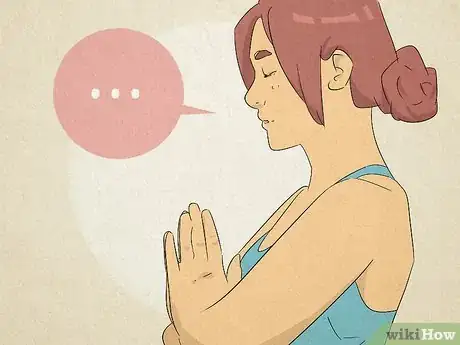



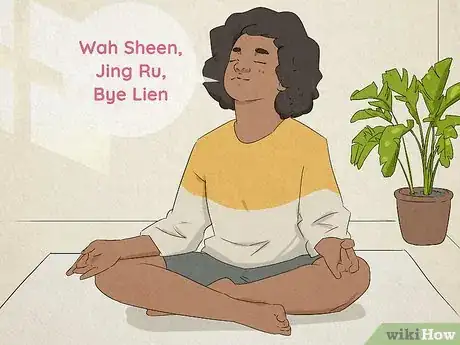

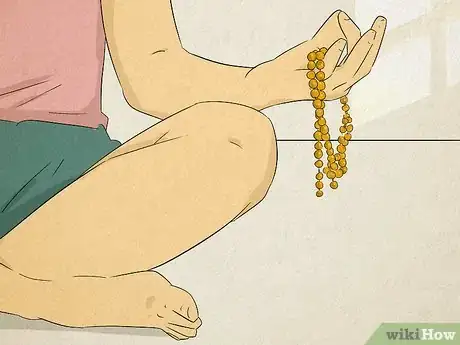
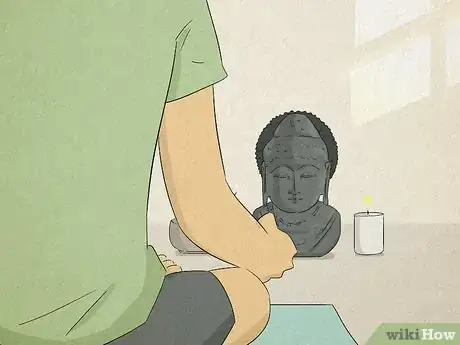
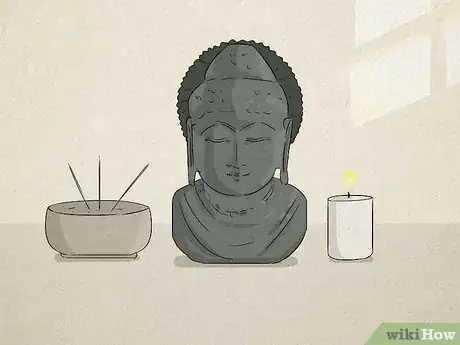
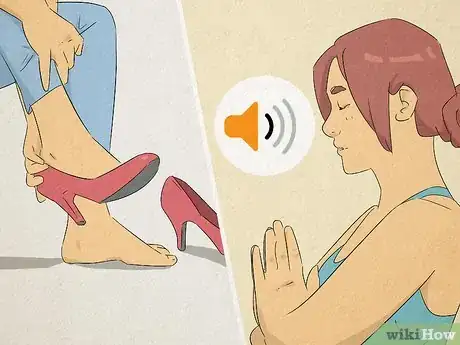
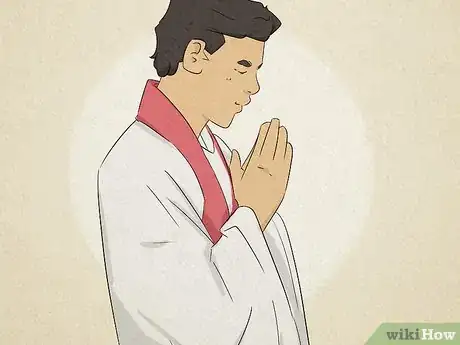
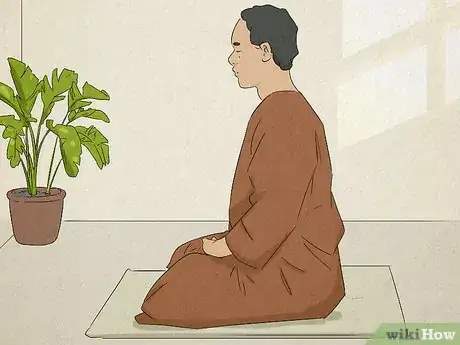

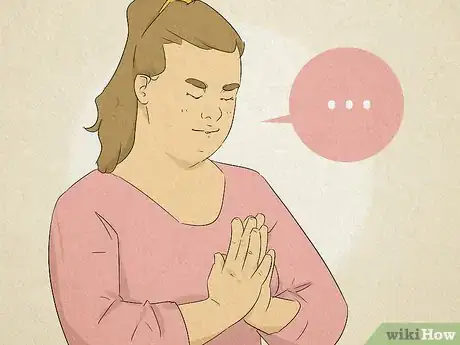
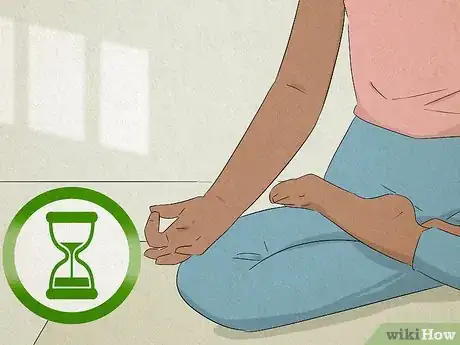


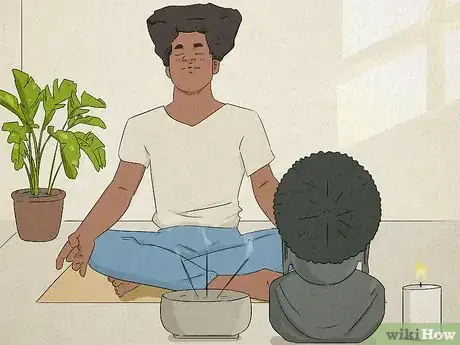






-Step-18-Version-2.webp)






















































